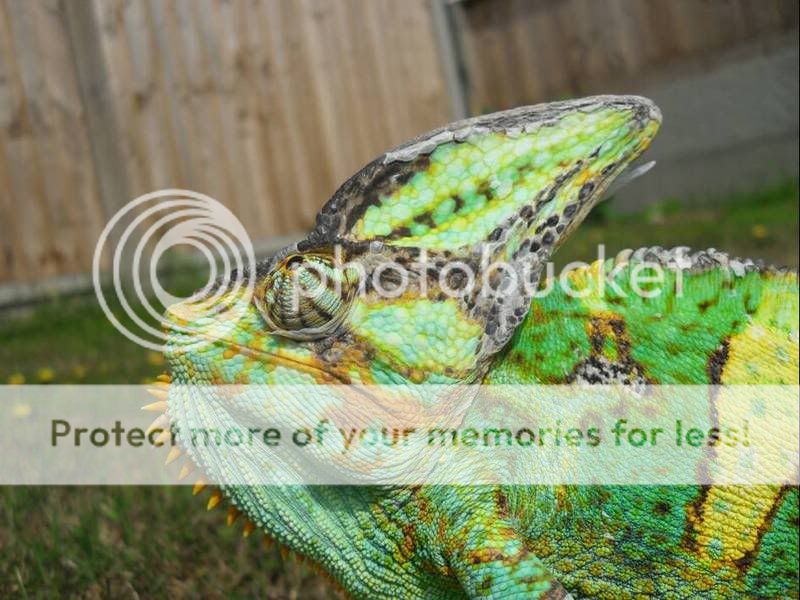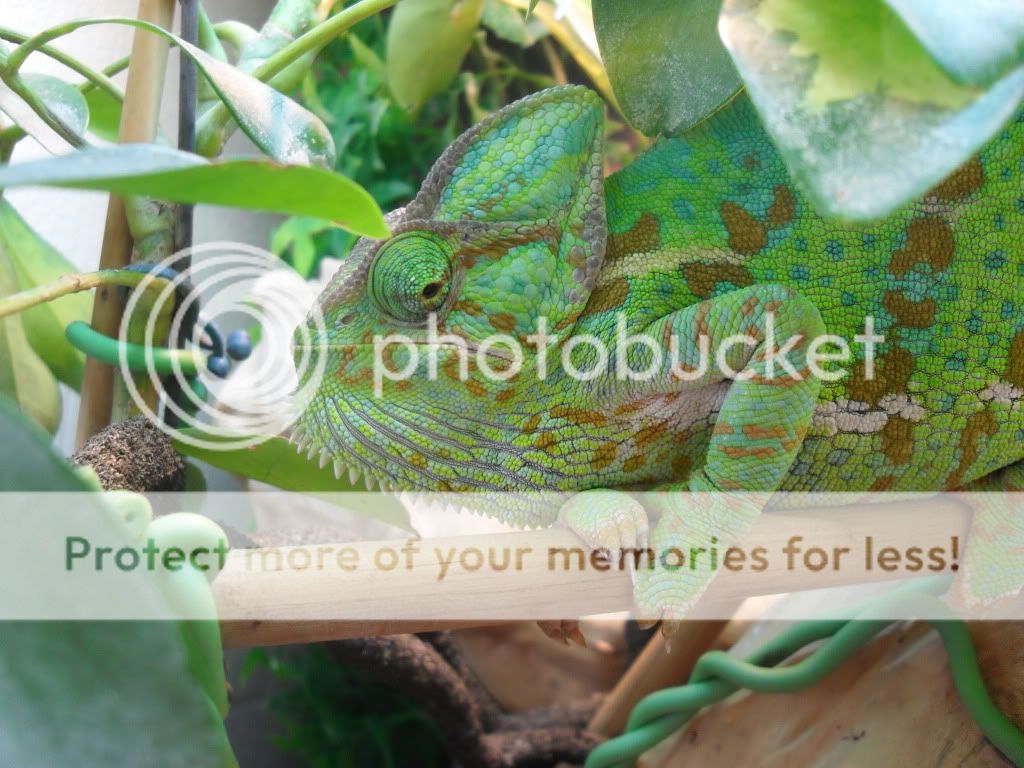Archaleon
New Member
Hello,
I had a chameleon in my young, which I kept without any device (Nor cage, neither UV lamp nor anything) for almost 2years. It mainly stayed on diverse house plants, and were sometime found on the windows trying to get out .
.
It was mainly feeding on insects it cached directly in the garden when I was "walking him".
Anyway it was long time ago, but great memories and since I will soon finish my studies and settle somewhere I am getting the idea of getting a new Chameleon.
My idea would be to make a nice interior garden, with many types of plants and small trees.
A UV lamp would be suspended somewhere close to some tree.
The Chameleon would be there in semi liberty, and I would bring him some insects or take him out to eat.
According to what I have just read recently, my main concern with this system would be to keep the humidity high enough, since it won't be a closed space.
Probably some species are more used to "arid ecosystem" and would be at ease without high relative humidity?
Ideally I am looking for an easy care chameleon, neither too big nor small (25/40cm = 10/15inch) not agressive and with nice changing colors.
My researches leaded me on (please correct me if incorrect info) :
I might have missed many species readibily available, but I guess I have most of the important ones up there.
For now I would pre select or the veiled chameleon because it s probably most adapted, or the Panther Chameleon because it is smaller and more gentle.
Do my project seems realistic?
In that case which species would be most appropriate ?
Any advice/remark is welcome.
I had a chameleon in my young, which I kept without any device (Nor cage, neither UV lamp nor anything) for almost 2years. It mainly stayed on diverse house plants, and were sometime found on the windows trying to get out
It was mainly feeding on insects it cached directly in the garden when I was "walking him".
Anyway it was long time ago, but great memories and since I will soon finish my studies and settle somewhere I am getting the idea of getting a new Chameleon.
My idea would be to make a nice interior garden, with many types of plants and small trees.
A UV lamp would be suspended somewhere close to some tree.
The Chameleon would be there in semi liberty, and I would bring him some insects or take him out to eat.
According to what I have just read recently, my main concern with this system would be to keep the humidity high enough, since it won't be a closed space.
Probably some species are more used to "arid ecosystem" and would be at ease without high relative humidity?
Ideally I am looking for an easy care chameleon, neither too big nor small (25/40cm = 10/15inch) not agressive and with nice changing colors.
My researches leaded me on (please correct me if incorrect info) :
- Male Veiled Chameleon : easy to take care of, about 50cm (20inch). But can be agressive (not with humans depending on sources) and I dont really like its huge casque.
- Oustalets Chameleons : hardy, gentle, around 60cm (24inch, a bit much), needs humidity.
- Male Panther Chameleon: about 45cm ( 18inch), very nice various colours depending on chameleon, gentle, needs humidity and has tendency to be active and "run around".
- Mellers chameleon: seems a bit hard to take care of ?
- Flap necked chameleon : hardy, around 25cm (10inch).
- Jackson's : I m not really fan of the 3horns
I might have missed many species readibily available, but I guess I have most of the important ones up there.
For now I would pre select or the veiled chameleon because it s probably most adapted, or the Panther Chameleon because it is smaller and more gentle.
Do my project seems realistic?
In that case which species would be most appropriate ?
Any advice/remark is welcome.






